Recently, we had the opportunity to visit iMEC GPULab in Ghent, Belgium between the 3rd and 8th of July. We were blown away by the incredible technology being used in their research institute. The data centre especially is equipped with state-of-the-art GPUs and other hardware, which allows complex simulations to be run and large amounts of data to be analysed.


During our visit, we had the pleasure to meet Thijs Walcarius and Brecht Vermeulen, who kindly gave us a tour of the data centre and IDLab, and explained some of their ongoing projects. The level of expertise and innovation was impressive, and the work being done at iMEC GPULab is making a significant impact in computing.
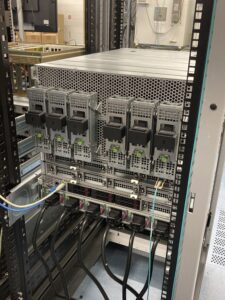
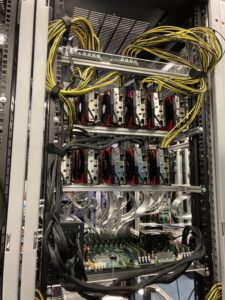
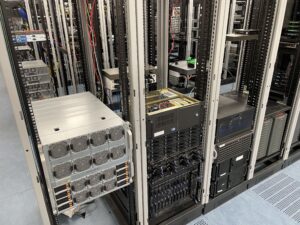
One aspect of the data centre that particularly caught our attention was the utilisation of InfiniBand technology. This technology increases CPU utilisation, decreases latency, and addresses management issues in data centres. It also boosts communication speed between CPUs, devices among servers, and subsystems located throughout the network.
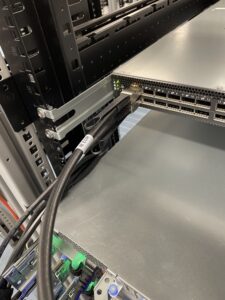
At IDLab, we discovered another interesting technology: wireless testbeds installed throughout their ceiling. These testbeds have multiple interfaces, which include Bluetooth, IoT sensor nodes, ultra-wideband (UWB) antennas, and user-defined cognitive radios for wireless communication and tracking experiments. They are used for various applications, such as indoor localisation, drone flight, and product tracking, and can be controlled remotely.
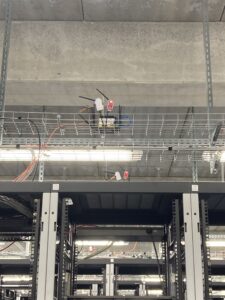

During our time there, we conducted our research project funded by SLICES-SC, which involves benchmarking operations typical in GPU-based data processing tasks. We conducted several tests, including storage I/O performance, CPU-GPU memory transfer rate tests, GPU memory bandwidth tests, and various numerical benchmarks characterising typical EEG signal processing operations.
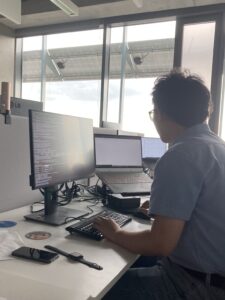
In order to perform the tests, we had to port our benchmark programs from Windows to the GPULab Linux system, which required recompilation and occasional modification of the programs. This experience showed us that such preparatory work can only be done efficiently on-site as we received immediate support whenever we encountered problems. We installed the necessary software libraries and configured the 16-GPU system for direct multi-GPU communication operations, which will be crucial in our algorithm scalability studies.
Overall, our visit to iMEC GPULab was an eye-opening experience that gave us new insights into the world of GPU-accelerated computing. We are grateful to Thijs, Brecht, and Wim for their assistance in preparing for our visit and for their support throughout our time in Ghent. We also extend our gratitude to the entire team at iMEC for their hospitality and for sharing their knowledge and expertise with us. And a special thanks to the SLICES-SC project for providing the travel grant that made this on-site work possible!
